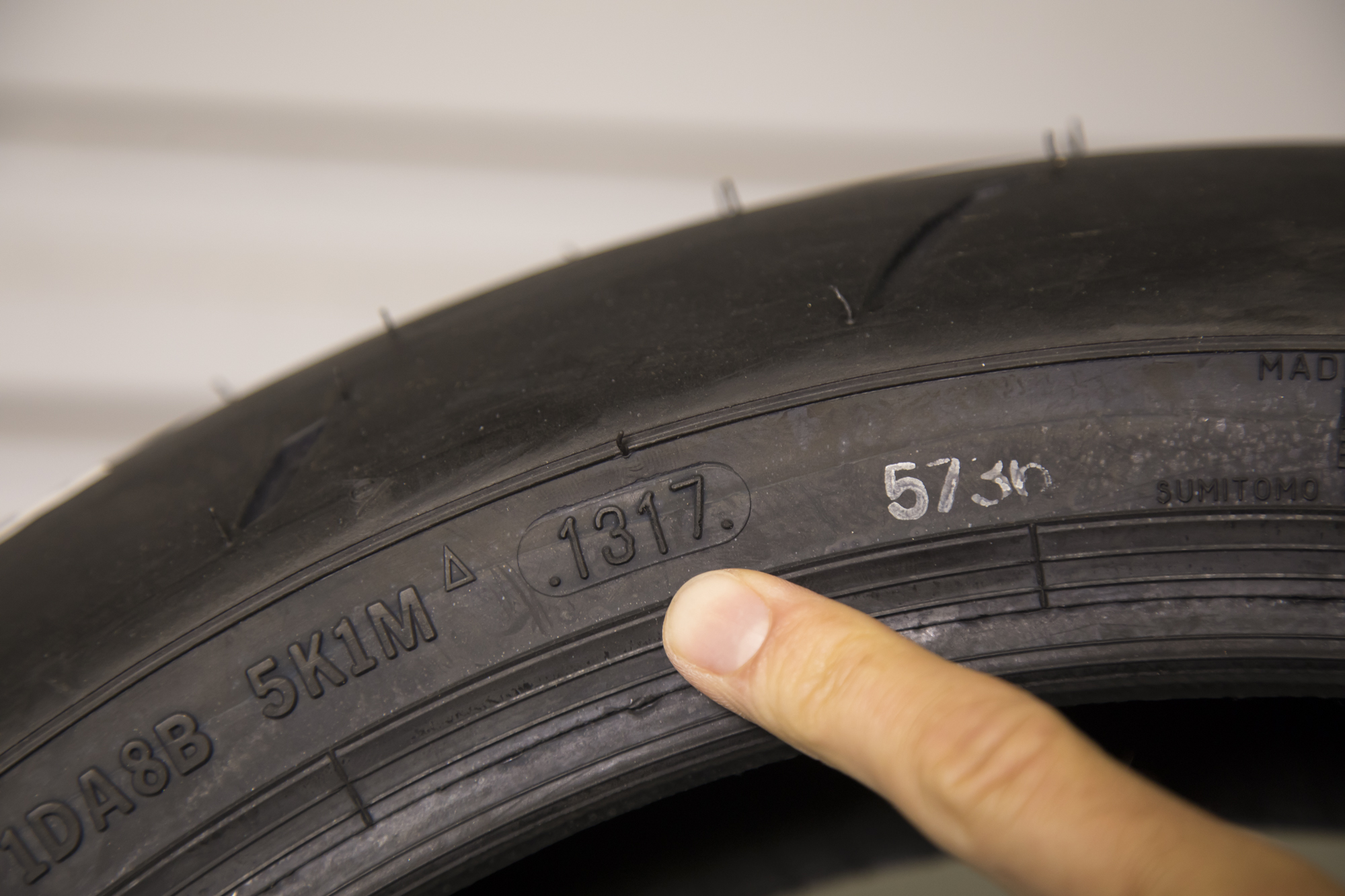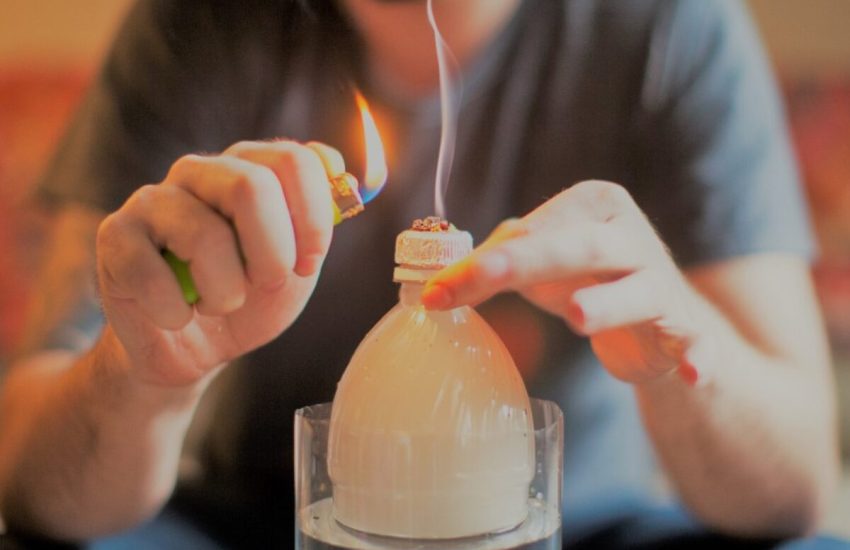How to maintain motorcycle tire in good condition
Motorcycle tires, like any other vehicle, are important for the bike’s performance, handling, and safety. We repeatedly neglect the maintenance required to keep the tires safe. There are only two small patches to trust the rider on bikes, so it’s vital to keep the tires in excellent shape.
Punctures, impact injury, improper inflation, overloading, and other conditions caused by use or misuse may all cause a tire to fail to get used. Tire failure can create property damage, severe personal injury, or the risk of death.
Tire maintenance:
Maintain proper tire inflation. A tire with a low air pressure produces a lot of heat, which can cause a blowout. Tires that are overheated will also wear out faster. Tire damage is the most common cause of motorcycle breakdowns. Purchase a pencil-style tire scale and use it until you instinctively “remember” how your tires should feel when properly inflated.
Visual checks and the use of the gauge must become second nature. Replace your tires as soon as possible. It’s time to change your tires if the tread depth is less than 1-2mm. Learn some lessons from the crazy sport bikers and canyon racers: they never skimp on their tires as they often standing between them and the pearly gates.

Tire care tips:
- For street bikes, radial tires are preferable.
- The difference in tire pressure is important.
- A rapid pressure drop is a warning sign.
- Don’t wait until they’re fully bald
- Know how old your tire is
- Replace them in sets
- Take note of the strange sensation.
Cores, stems, and caps for valves:
Air loss caused by worn or damaged valve stems and cores. When you mount new tires, you can replace them. To keep dust, dirt, and moisture out of the valve, use finger-tight caps on the valve stems.
Tire loading:
It’s unsafe to ride a motorcycle when it’s overloaded. Excessive heat builds up in your tires as a result of overloading. This can result in a sudden tire failure, resulting in severe personal injury or death, either when the tire is overloaded or later.
Tire Damage Detection
Inspect the tread and sidewall areas of your tires for cuts, cracks, breaks, or bruises. Bumps or bulges in the tire body may signify a separation. It may be appropriate to remove it from the wheel for a thorough examination.
Inspect your tires for proper tread depth. When the tread groove depth is worn to 1/32nd inch (0.8 millimeters) or less, or the tire cord or cloth is exposed, the tire is dangerously worn and needs to be replaced right away.




